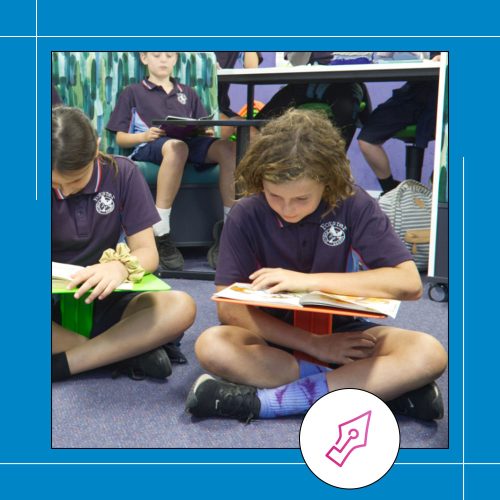There have been significant pedagogical developments in teaching & classroom layout during the last century, both in Australia and around the world.
Yet there is one aspect of learning that has evolved more slowly and that is the teaching and learning environment. Looking at black and white photographs of Australian classrooms in 1919, forward-facing rows of wooden desks are the norm.
Skip through a century to a hundred years later and things look much the same.
The desks may now be tables, and the tables may not be wooden, but the layout is similar. Younger children may work around shared tables but teenagers tend to still face forward. This classroom configuration lends itself to ‘the sage on the stage’, method of delivery.
Pedagogical styles have developed over the years to incorporate more collaborative learning methods, which improves learner outcomes.
The teacher or instructor is now encouraged to take on a more facilitative role such as the ‘guide on the side’. For students to engage successfully in a range of group learning activities, the challenge for educators is to provide flexible learning spaces that support this.
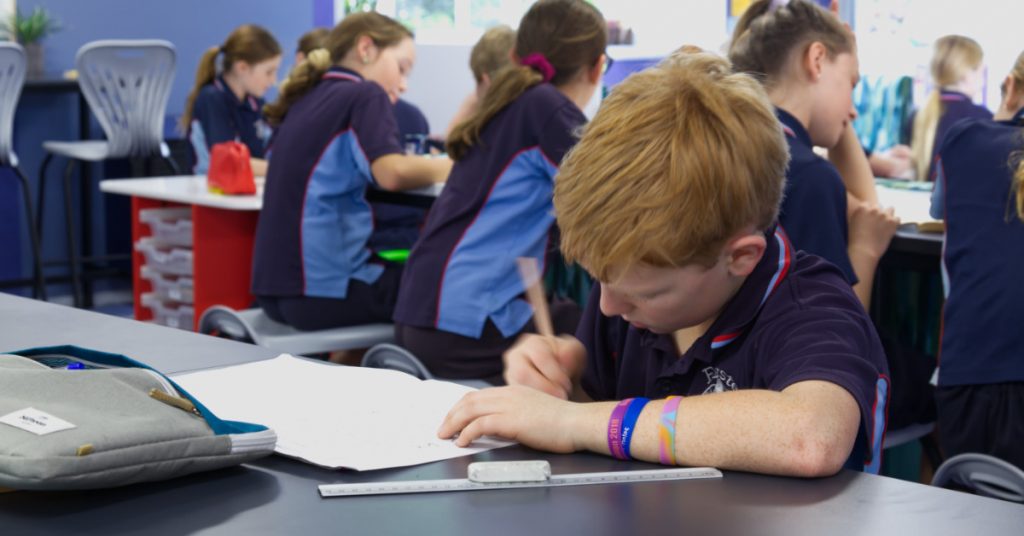
Flexible Learning Spaces Support Behaviour Management
Seating plans are often used by teachers to manage behaviour. Examples of this common approach include splitting up students that are talkative and distract others, placing demotivated students near more motivated ones, or isolating disruptive ones.
This approach superficially manages the issue. It does nothing over the long term to develop the student’s self-management strategies for learning.
Educational researchers Blatchford and Russell propose a ‘social pedagogical’ approach to learning. This research suggests that rather than trying to seat certain students apart, classroom layouts should encourage group work amongst all types of students.
The researchers believe that a social pedagogy offers the potential for issues between students to emerge.
Once visible, educators can address them. Instead of suppressing individual students’ challenges, group work can embed the skills needed to improve self-regulation and communication.
Through supporting positive interactions during group work students develop vital interpersonal skills.
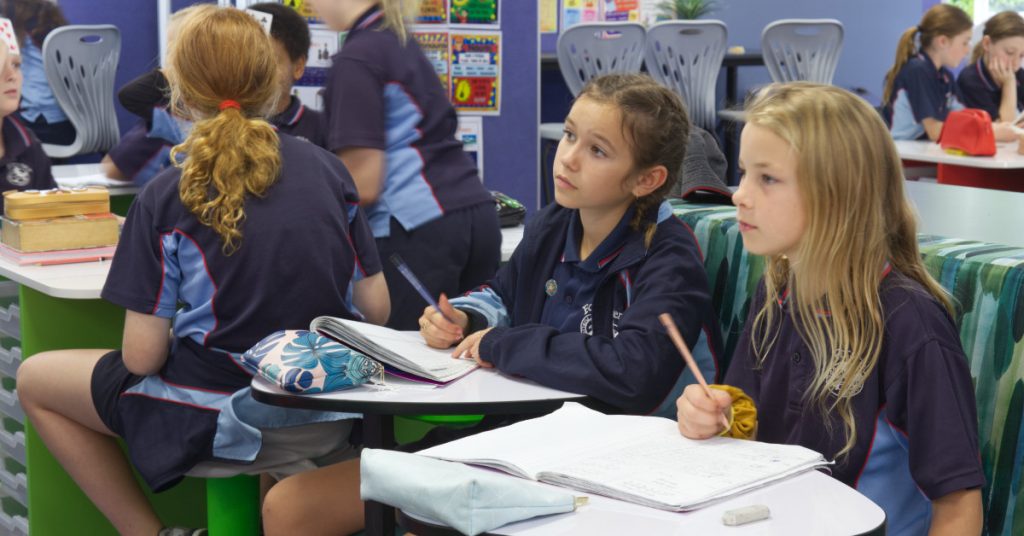
Student Wellbeing
It is not only behavioural issues that benefit from flexible learning spaces. Student wellbeing can be enhanced too.
Recent Australian research supported by the Futures Learning Unit of the NSW Department of Education and Training, produced a paper titled ‘Perceived interplay between flexible learning spaces and teaching, learning and student wellbeing’ by Kariippanon et. al. (2017).
This research acknowledged the evolving learning needs of students today. Flexible classroom layouts were found to be beneficial to teaching and learning. The research found that flexible learning spaces helped educators to facilitate learning that delivers a range of benefits to students. These included:
- Self-regulation
- Collaborative learning
- Student motivation
Students using flexible learning spaces reported that the benefits to their learning experience included that it was more enjoyable, comfortable and inclusive. Students reported the space also supported greater student interaction and a sense of belonging which is a key element of inclusion.
These findings are consistent with the design principles of student-centred learning environments. Creating a social environment in which to learn increases a sense of belonging and connectedness and increases student wellbeing.
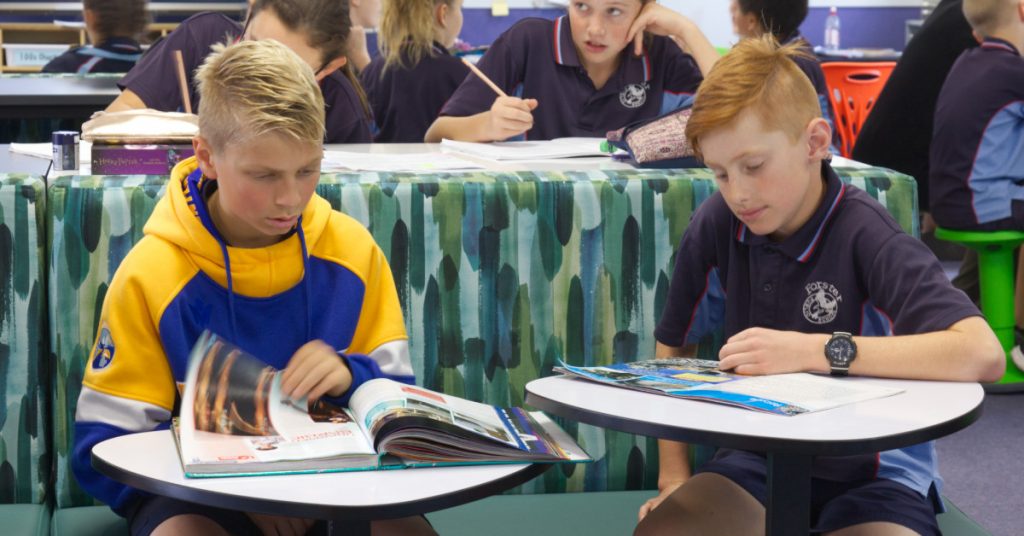
Diversity and Inclusion
Equality of access to learning is a central tenet of the education system. How student outcomes are achieved equitably in a 21st century knowledge economy across the globalised economy is less clear. Pedagogical practice is evolving to meet these challenges and the learning environment plays a key role in this process. Flexible furniture configuration forms an important aspect of the inclusive learning environment.
Schools and educators that are committed to providing inclusive learning environments embrace the possibilities that flexible learning spaces provide. Many people will have experienced the traditional classroom layout. The classroom of the future should be intentionally designed as a dynamic space that supports learning activity.
With agile furniture in the classroom it is much easier for educators to build an inclusive environment for learning. Tables can be arranged to facilitate whole class discussions, or for smaller group work.
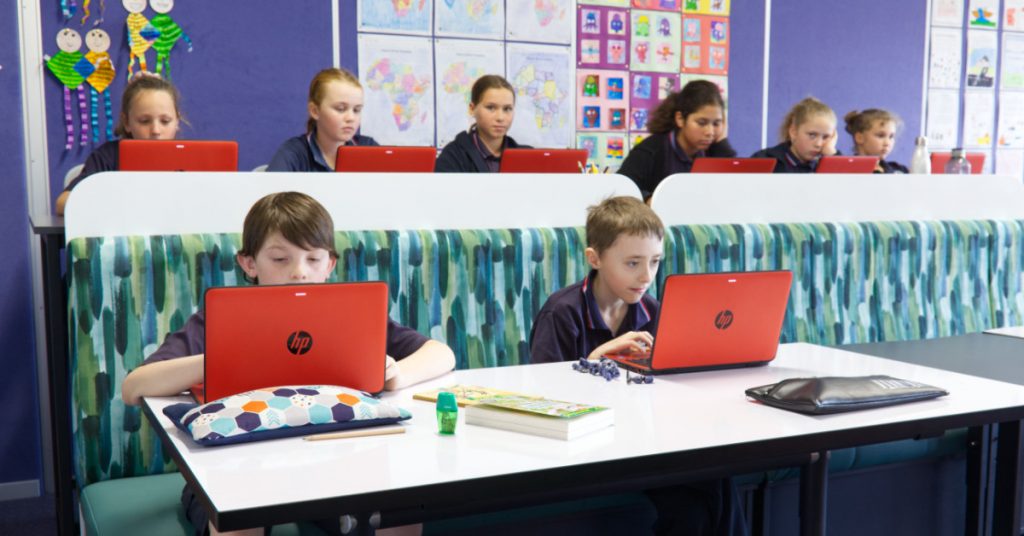
Neurodiverse Students
With the latest developments in neuroscience, educators are becoming increasingly aware of additional learning needs linked to neurodiversity, also known as neuroatypical learners. As everyone’s brain is different, it can be argued that everyone falls under the neurodiversity umbrella, hence the alternative terms neurotypical and neuroatypical.
Neurodivergence does not automatically lead to a diagnosable condition. Neurodiversity or neuroatypical brains can include: autistic spectrum disorder, ADHD, dyslexia, dyscalculia and some living with some mental health conditions may choose to identify as neurodiverse.
Whilst it would be foolish to suggest that the provision of flexible learning spaces is the only thing that teachers can do to facilitate learning for neurodiverse students, evidence is emerging that a flexible learning space supports the learning process for different students.
Despite being identified as one of the three domains of learning by Benjamin Bloom in 1956, the affective domain is sometimes overlooked in favour of the cognitive and psychomotor domains. The affective domain, how a learning space makes us feel, can be a critical factor for neurodiverse learners.
All learners encounter the affective domain through their feelings, values, appreciation, enthusiasms, motivations and attitudes. However, they are more likely to be visible during group work. The right layout for group work allows educators to plan for the affective domain to be considered during group work and allow neurodiverse learners to develop their social skills better than working individually.
Group work also helps to bond learners which in turn develops intrinsic motivation for learning. This can support learners to persist when they might be struggling with a particular aspect of their learning.
Personal learning and neurodiversity are intertwined. Neurodiversity can certainly impact learning, but the design and layout of flexible spaces are adaptable to a range of students’ needs across the whole spectrum of neurodiversity.
The Future
Fortunately, classroom furniture design has evolved over the years. Thanks to visionary design, educators are now able to work in a range of learning spaces. School and college administrators can choose to have classrooms equipped with attractive and portable furniture, that can be easily configured to support the new social pedagogies.
References
Blatchford, P., et al. (2003) Towards a social pedagogy of classroom group. International Journal of Educational Research 39(1):153-172 Available from: https://www.researchgate.net/publication/222829181_Towards_a_social_pedagogy_of_classroom_group
Kariippanon, K.E. et al. (2018) Perceived interplay between flexible learning spaces and teaching, learning and student wellbeing’ Learning Environment Research 21: 301 Available from: https://link.springer.com/article/10.1007/s10984-017-9254-9?error=cookies_not_supported&code=09ebcebf-5259-4e1b-9449-e1191aff5117
Benade, L., (2019) ‘Flexible Learning Spaces: Inclusive by Design?’ New Zealand Journal of Educational Studies 54(8) Available from: https://www.researchgate.net/publication/331260420_Flexible_Learning_Spaces_Inclusive_by_Design


